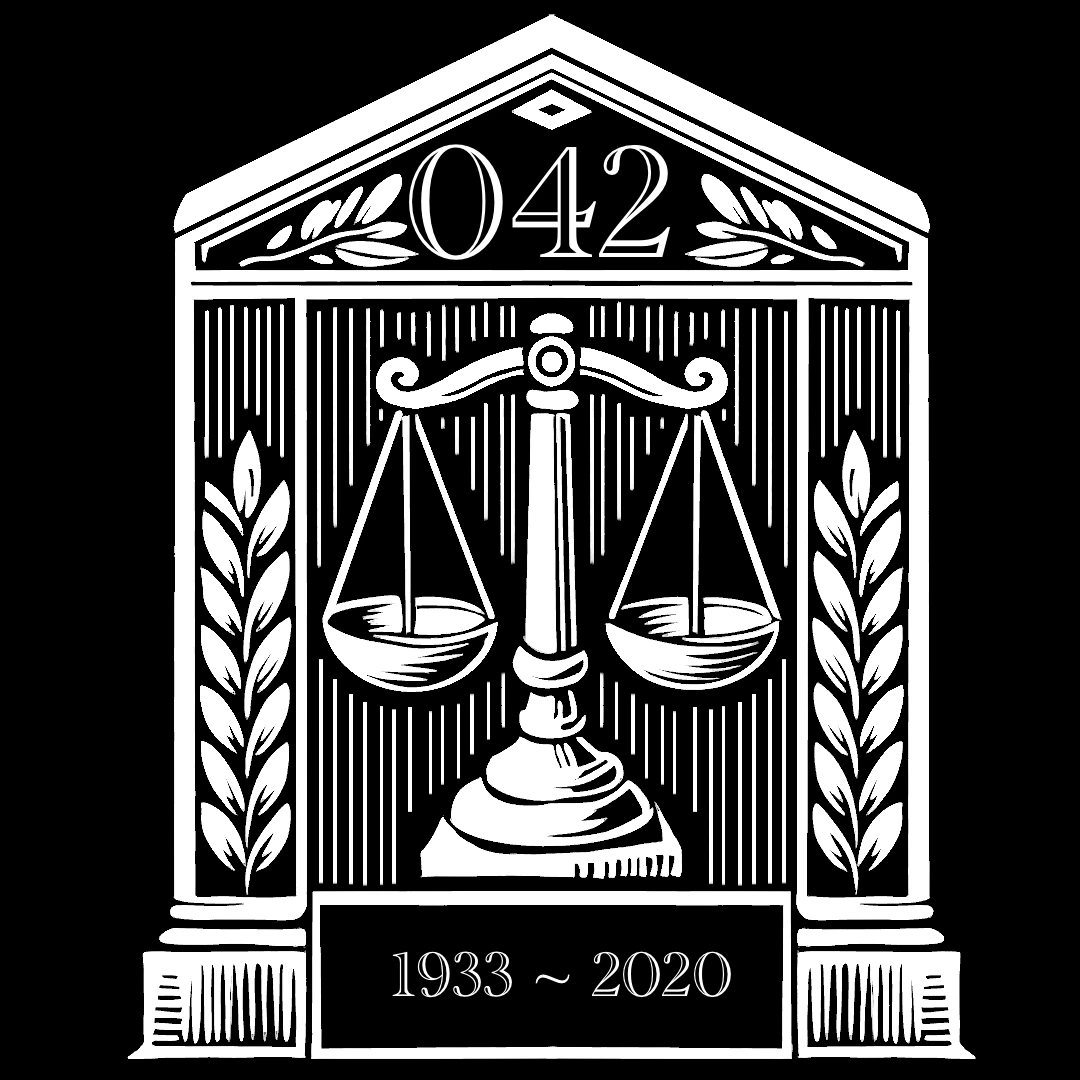
Listen to the baiography and fill in the gaps
Born in 1933 in Brooklyn, New York, this individual became a pioneering force in American (1) and an enduring symbol of justice and gender equality. Growing up in a working-class Jewish family, they excelled (2) , graduating first in their class at Cornell University. They later attended Harvard Law School, where they were one of only nine (3) in a class of 500, before transferring to Columbia Law School, where they also graduated at the top of their class.
Despite their (4) credentials, they faced significant gender-based discrimination in the legal field. Undeterred, they began a career as a professor and legal advocate, co-founding the Women’s Rights Project at the American Civil Liberties Union (ACLU) in 1972. Through this (5) , they argued landmark cases before the U.S. Supreme Court, successfully challenging laws that (6) on the basis of gender. Their strategic, incremental approach to litigation laid the groundwork for advancing equal rights under the law.
In 1980, they were (7) to the U.S. Court of Appeals for the D.C. Circuit, and in 1993, they made history as the second woman ever appointed to the U.S. Supreme Court. As a justice, they became known for their incisive legal (8) , powerful dissents, and unwavering commitment to justice, particularly in cases involving gender discrimination, voting rights, and workplace (9) .
Over time, they emerged as a cultural icon, celebrated for their intellect, (10) , and dedication to equality. Their legacy endures as a champion of fairness and a tireless advocate for human rights.
__________Who is this baiography about?
If you don't know their identity, click:


